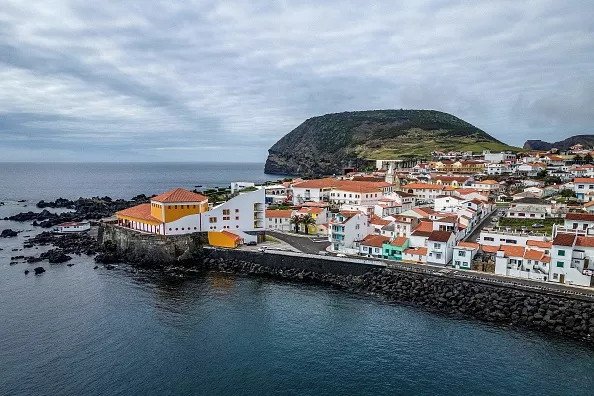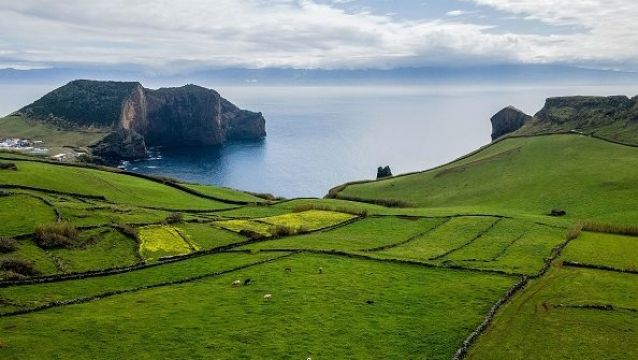Filled with uncertainty, experts are scrambling for answers to explain unusual seismic activity that has rattled the mid-Atlantic volcanic island of Sao Jorge, in Portugal's Azores archipelago, for over two weeks.
The island has been hit by nearly 27,000 small tremors as of Tuesday and there are fears the activity could herald a volcanic eruption for the first time since 1808, or a powerful earthquake.
"It's an enigma, a mystery," said seismologist Joao Fontiela, explaining multiple tremors were common on other Azorean islands but not in Sao Jorge. "I still haven't found a clear answer."
"Going from a very small number of earthquakes to thousands is extraordinary," he said.
The volcanic alert is at Level 4, meaning there is a "real possibility" the volcano could erupt. But when, where on the island and if it will actually happen are questions that remain unanswered, Fontiela said.
So far, all the recorded earthquakes have been of tectonic origin and not volcanic, reaching a magnitude of up to 3.8. If they become volcanic, it means magma is on the move.
The number of daily quakes has decreased in recent days but experts are not sure if that trend will continue.

Ground deformation has already been detected, which is unusual given the tremors' tectonic origin and low magnitude, Fontiela said.
According to Fontiela, the lack of previous studies about Sao Jorge is making it harder to understand the phenomenon.
Geologist Jose Madeira said it was not clear what kind of eruption could take place, adding that previous seismic events in Sao Jorge in 1580 and 1808 were marked by deadly pyroclastic flows.
Volcanologists also keep an eye on soil gases and earthquakes' depth.
The Sao Jorge earthquakes are happening at average depths of 8-12 kilometres. If a significant number start occurring closer to surface, it might indicate an imminent eruption, said Madeira.
Authorities have warned the situation could drag for an undetermined amount of time.







